Best Film for the Nikon FM
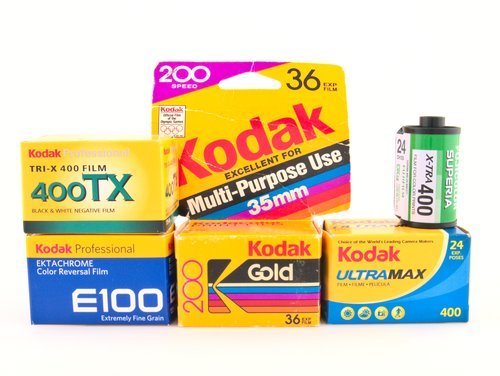
The best film to use in the Nikon FM is going to be based on the lighting conditions, lens, and if you want to shoot color or black & white.
Getting an ISO 400 35mm or faster will enable you to avoid needing to lug around a flash and/or tripod.
If you need to take photos inside or anytime there is low light, make sure that you have a fast lens. Have a look at my guide on the 5 Best Lenses for the Nikon FM for lens ideas.
Affiliate Links
Outside the Shot is a participant in the Amazon Services LLC Associates Program, an affiliate advertising program designed to provide a means for sites to earn advertising fees by advertising and linking to Amazon.com.
As an eBay Partner, I may be compensated if you make a purchase. I also participate in affiliate advertising programs with KEH and Adorama. More can be found on the Affiliate Discolsure page.
I have purchased gear from all of these companies and I expect them all to receive repeat business from me.
I’m Rebuilding 🏗️
If the page doesn’t have the answer you’re looking for you can email me at contact AT this domain. That account will be checked on Sundays and Wednesdays.
You can also DM me on Reddit /u/OutsideTheShot or post in /r/OutsideTheShot.
Color Film
Consumer
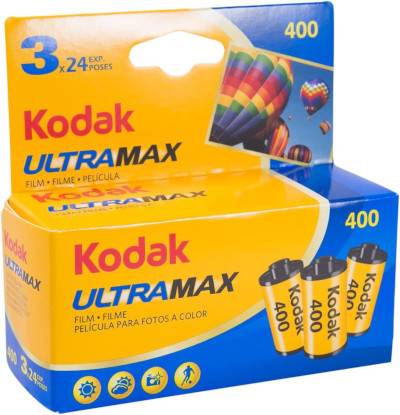
Kodak UltraMax 400 - The film works well in a large range of lighting conditions and is a terrific selection for a 35mm color film. Using Kodak UltraMax 400 you should be able to handhold the FM in the majority of circumstances.
The pictures will have fantastic colors and is on the warm side.
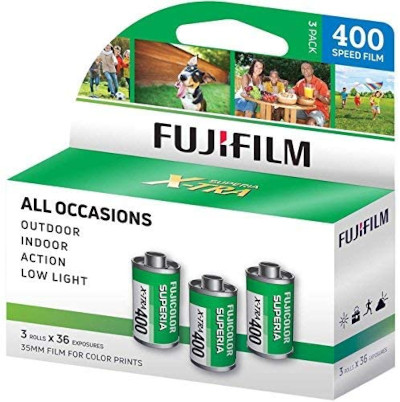
Fujifilm Superia X-TRA ISO 400 - Based on where you are in the world, this film can be more widely available. It’s an excellent alternative to Kodak.
When compared to Kodak, Fujifilm tends to be a little bit cooler with stronger greens and blues.
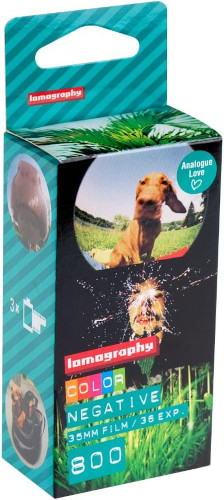
Lomography 800 - If you want a color 35mm film with an ISO of 800, there are only a small number of choices. For 35mm film geared towards consumers, Lomography 800 is the single option.
In addition, if you own a medium format camera, it’s also for sale in 120 film format.
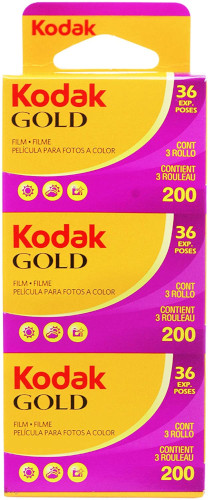
Kodak Gold 200 - An awesome solution to get that mid-1980s through 90s look. Use a flash to get the “authentic” look the film is known for.
Over-expose it by 1 or 2-stops to reveal the most popular look the film can achieve. This will help you achieve the spectacular colors people love the film for.
Professional
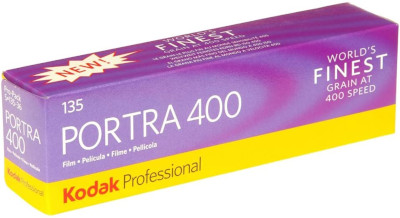
Kodak Portra 400 - By far the most popular color negative film among enthusiasts online. Overexpose the film by 1 or 2-stops to get the look and feel the film is well known for.
Plus, ISO 800 and ISO 160 versions of Kodak Portra. 8x10 sheets, 4x5 sheets, and rolls of 120 are also easily found.
Black and White Film
Consumer
These film stocks have affordable prices and more than acceptable quality, making them very popular to use in the Nikon FM.
The largest draw for budget minded photographers and photography students is the competitive cost. Even if you don’t put yourself in those groups, it is good to have low cost rolls of film readily available for testing newly delivered used cameras.
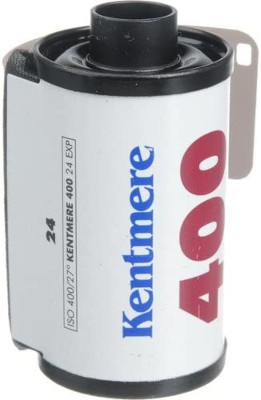
Kentmere 400 - Produced by Harmon Technology, which is the owner of Ilford. This is notable since that allows this to be the most commonly available 35mm film out of the three.
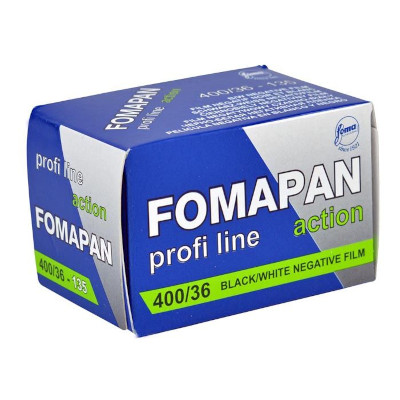
Foma Fomapan 400 Action - Will be easier to purchase in Europe as the film is manufactured by Foma Bohemia inside of the Czech Republic.
A fine film emulsion to employ for your initial few attempts at analog photography or developing film at home. Also a good selection if you happen to be testing out a camera to guarantee that it’s operating correctly.
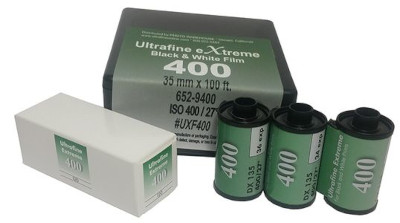
Ultrafine eXtreme 400 - You can get the best price on this film by getting it from Ultrafine.
If you develop color film at home, you may have used chemicals produced by them to process your film.
Professional
The two most widely used black and white films are Ilford HP-5 Plus 400 and Kodak Tri-X 400. They do have several attributes that are equivalent that make them so well received, while retaining distinctive rendering.
Both film stocks can be pushed 2 stops and still deliver quality photos. This makes the film versatile as a roll can be shot at ISO 400, 800, or 1600.
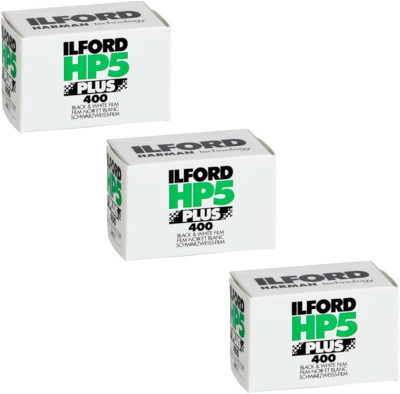
Ilford HP5 Plus 400 - Between the two film stocks, HP5 Plus is cheaper and has less contrast. Low amounts of contrast can be nice due to the fact contrast can be added when making a darkroom print or through digital processing.
The film emulsion has subdued grain and still looks great when pushed 2-stops.
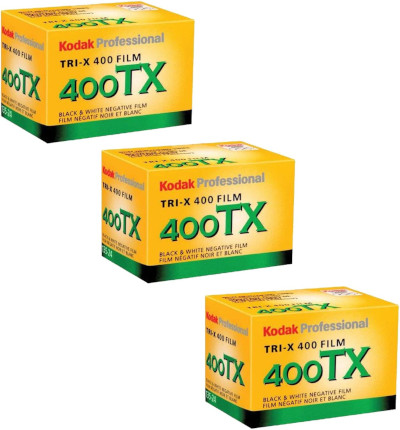
Kodak Tri-X 400 - This film stock has a stronger look to it. To produce the old-school grain structure, contrast, and look of the film, it needs to be processed in Kodak D-76.
Tri-X without a doubt has greater contrast. That is fantastic if that is the look you are after because it results in a smaller amount of work when making a print or through digital processing.
Slide Film
Reversal film, also known as slide film or transparency film, generates a positive image. That means a lightbox or projector can be used to display the photographs.
Colors are not required to be inverted to be viewed, contrary to the more commonly available negative film emulsions.
Slide films are regarded as very hard to shoot due to the fact slide film has a lot less dynamic range and latitude compared to negative film.
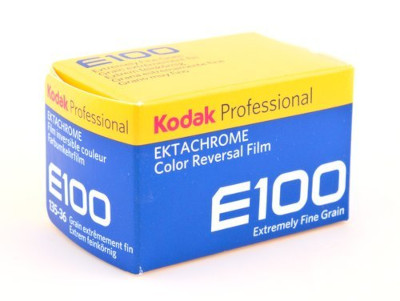
Kodak Ektachrome 100 - This is a fine grain film known for beautiful skin tones. The colors do not appear oversaturated. Ektachrome is daylight balanced.
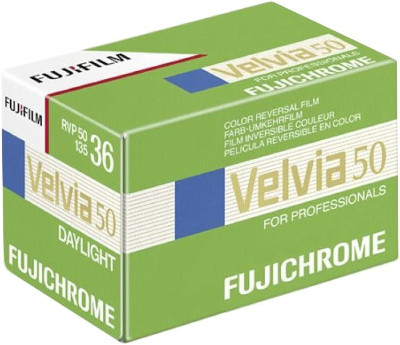
Fujifilm Velvia 50 - Offers signature looking images that have elevated amounts of contrast and saturation. It is razor-sharp and balanced for daylight. It has the greatest resolving power of any available transparency film stock.
It is also available in an ISO 100 version.
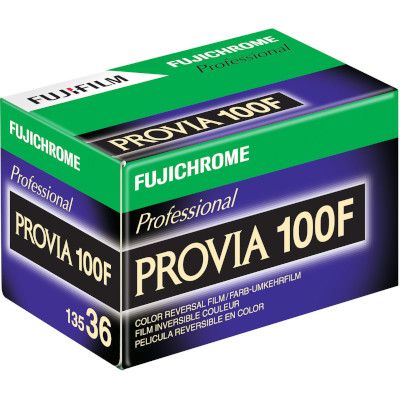
Fujichrome Provia 100F - Offers vibrant and natural colors with medium color saturation and contrast. It has a daylight color balance and ultrafine grain.
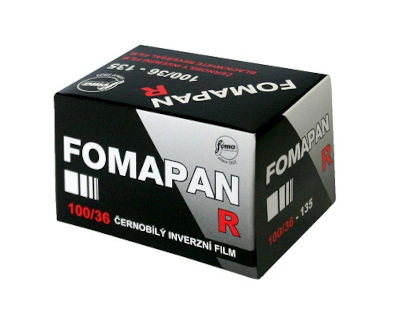
Foma Fomapan R100 - This is a black and white slide film, marketed by Fomapan as having high resolving power, increased contrast, and fine grain. It’s also mentioned as a alternative for the discontinued Agfa Scala.
Film Basics
Consumer vs Professional Film
Professional film stocks cost more due to the fact that they have a greater dynamic range, are easier to push, and expanded latitude.
There is a significant difference in business that sell rolls of film. Consumer film stocks can often be found in pharmacies and big-box stores in meager quantities. Professional level film often need to be ordered from a online or camera store.
ISO
Film speed is displayed by ISO, that can also be thought of as the film’s sensitivity to light.
The higher the ISO, the less light will be needed to get a frame. Additionally, be prepared for bigger film grain.
It can be frustrating to handhold the FM with ISO 100 or slower films (ISO 50, ISO 25, etc). This is due to the fact that in the absence of full sun, the shutter speeds are going to take more time than what you are able to handhold without producing motion blur.
A flash, tripod, and/or fast lens will assist you with longer exposure times. Using a fast ISO 800 or ISO 400 film will help make the additional accessories not needed.
As a quick note, the ISO dial is marked as ASA on the Nikon FM. The change to labeling ISO from ASA (American Standards Association) happened after the creation of the International Standards Organization (ISO).
Film Latitude
Latitude is the range of stops a film can be overexposed while retaining good results. Pro film emulsions have a larger latitude along with a slightly increased cost.
Slide film has a smaller amount of latitude compared to negative film. That is a reason why it’s believed to be more difficult to use.
Dynamic Range
Dynamic range is the difference between the shadows and highlights details of a photograph that can be recorded. Areas of a picture that fall out of this range will be seen as solid black underexposed shadows or solid white overexposed highlights.
A bigger dynamic range is ideal due to the fact that it helps make working in a wide variety of lighting conditions easier.
- Digital cameras 14+ stops
- Negative film up to 13 stops
- Slide film 6-8 stops
The limited dynamic range of reversal film is a second reason why it is viewed as difficult to shoot. An ideal time to try it would be during the golden hour.
Film Type
35mm film that is in metal canisters is used by the Nikon FM. In addition, it is the most frequently used film format and occasionally described as 135 film.
120 or 220 film, used with medium format cameras, is the only other film format you are going to encounter}.
One of the terrific things about film is that you can swap the film stock you work with and get a different look to your photographs.
DX Coded Film
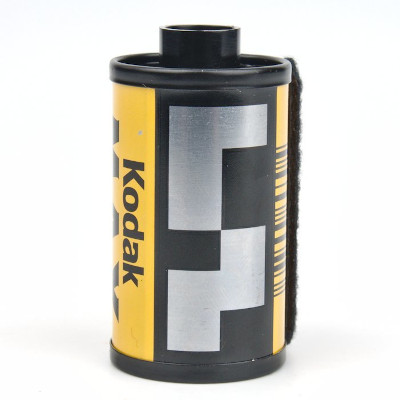
Almost all new 35mm film on the market today has DX encoding. This enables cameras to automatically detect and set the ISO of the film loaded.
DX-coding won’t matter for the Nikon FM because ISO must be manually set.
Nikon FM Resources
Where to Get Film Developed?
You will find a range of possibilities for where to have film developed. For a more extensive discussion of the possibilities you can check out my article on Where to Develop Film.
WARNING: Big box stores and pharmacies do not process film at the store. They ship film away to be developed by a third party. Because of that, you won’t get your processed negatives back.
- Develop Film at Home
- Use a Local Photography Lab
- Use a Mail Order Photo Lab
- Pharmacy or Big Box Store
Sending your film to a mail-order photo lab to be developed and scanned is the least complicated choice if you are new to using film. If you regularly shoot film, this could be a downside since it can get really expensive.
As long as you’re using a medium to high volume of film, there are a few actions that you are capable of doing to minimize your costs.
Bulk Loading Film
Certainly one of the leading methods to save money on film is to buy a bulk roll of 100 feet of film and manually load canisters yourself.
All said and done, you’ll get about 18 canisters of 36 exposures. Depending on the film you can expect to save 20%-30%.
Take into account that you are going to be limited to rolls of black and white film. This is in part because black & white film is less difficult and less expensive to process at home.
Home Developing and Scanning
Any film can be processed at home. In fact it is a very good way to spend less so you can shoot more film with your Nikon FM.
Black & white film is by far the least complicated to develop at home. Chemical temperature and development times are not as important to do correctly with black & white film as they are for color negative or transparency film.